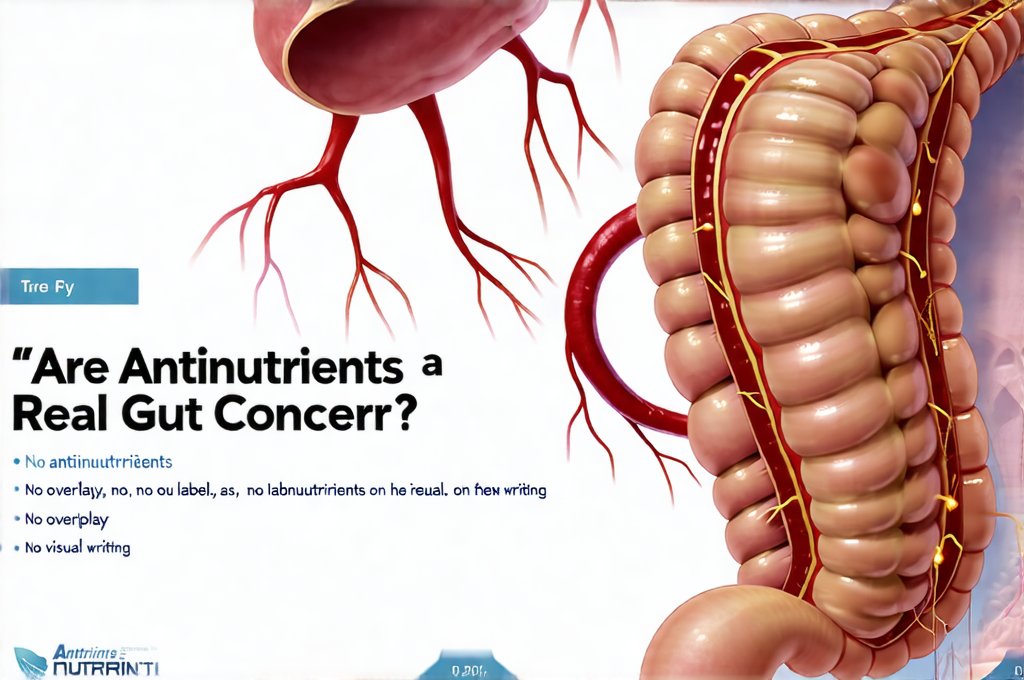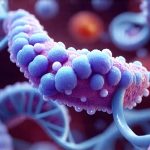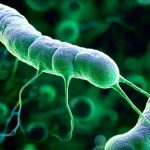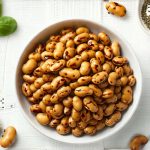Our diets are increasingly scrutinized, with new “villains” constantly identified in the world of nutrition. Among these, antinutrients often spark concern – compounds naturally present in many plant-based foods that may interfere with nutrient absorption. These substances, found in everyday items like beans, grains, and even some fruits and vegetables, have historically been viewed as problematic, potentially hindering our ability to fully benefit from the nutritious aspects of these foods. However, the narrative surrounding antinutrients is evolving; it’s becoming increasingly clear that their impact isn’t always negative, and often depends on context, preparation methods, and individual factors.
The demonization of antinutrients stems partly from older research conducted in populations with limited dietary diversity or those suffering from malnutrition. In these scenarios, even small interference with nutrient absorption could have significant consequences. Today, however, for most individuals consuming a varied diet, the concern about antinutrients is often overstated. Understanding what antinutrients are, where they’re found, and how to mitigate their potential effects – or even leverage their benefits – is crucial for informed dietary choices. This article will delve into the complexities surrounding antinutrients, separating fact from fiction and exploring their role in a healthy diet.
What Exactly Are Antinutrients?
Antinutrients aren’t inherently “bad.” They are naturally occurring compounds produced by plants as a defense mechanism – a way to protect themselves from pests, insects, and even herbivores (including us!). This protective function is actually quite ingenious; it’s how plants survive in the wild. The term itself refers to substances that potentially reduce the bioavailability of essential nutrients like vitamins, minerals, and proteins. It’s important to remember “potential” is key here – the degree of interference varies significantly depending on the specific antinutrient, the food source, preparation methods, and an individual’s overall health. Some common examples include:
- Phytic acid: Found in grains, legumes, nuts, and seeds, it can bind to minerals like iron, zinc, calcium, and magnesium, reducing their absorption.
- Lectins: Present in beans, lentils, and some vegetables, they can interfere with digestion and nutrient absorption. If you are concerned about lectin impact, consider are lectins a real digestive concern?.
- Tannins: Found in tea, coffee, wine, and some fruits, they can inhibit iron absorption.
- Oxalates: Found in spinach, rhubarb, chocolate, and nuts, they can bind to calcium and other minerals.
- Glucosinolates: Present in cruciferous vegetables like broccoli, cauliflower, and kale, they can interfere with thyroid hormone production (though this is generally only a concern for those with pre-existing thyroid issues).
The presence of these compounds doesn’t automatically render plant foods unhealthy. In fact, many antinutrients also possess beneficial properties – acting as antioxidants or contributing to the unique flavors and textures we enjoy in various foods. It’s the balance between potential drawbacks and health benefits that dictates their overall impact. Furthermore, simple food preparation techniques can often significantly reduce antinutrient levels. When considering dietary changes, building support networks when gut issues are taboo can be incredibly helpful.
Mitigating Antinutrient Effects & The Role of Preparation
Fortunately, reducing the effects of antinutrients is often straightforward and involves common cooking methods. These aren’t about eliminating them entirely – which would be both impractical and potentially remove beneficial compounds – but rather minimizing their interference with nutrient absorption. Traditional food preparation techniques developed over centuries are remarkably effective at achieving this balance. Here’s how:
- Soaking: Legumes, grains, nuts, and seeds benefit greatly from soaking. This process hydrates the food, activating enzymes that break down phytic acid. Soaking for several hours (or even overnight) followed by thorough rinsing can significantly reduce its levels.
- Sprouting: Similar to soaking, sprouting further enhances enzyme activity, leading to greater antinutrient reduction and increased nutrient bioavailability. It also adds a pleasant texture and flavor to foods.
- Fermentation: The process of fermentation – used in making sourdough bread, yogurt, or tempeh – utilizes beneficial bacteria that actively break down antinutrients like phytic acid and lectins. This is why traditionally fermented foods are often easier to digest.
- Cooking: Heat denatures many antinutrients, reducing their impact on nutrient absorption. Thorough cooking, especially boiling or steaming, can effectively reduce lectin content in beans.
- Combining with Vitamin C: Consuming foods rich in vitamin C alongside foods containing phytates can enhance iron absorption, mitigating the inhibitory effect of phytic acid.
It’s important to note: Overly zealous attempts to eliminate all antinutrients may be counterproductive. Removing them entirely can strip away valuable compounds and diminish the overall nutritional profile of plant-based foods. The goal is not elimination, but rather optimization – preparing foods in ways that maximize their benefits while minimizing potential drawbacks. Are seed oils linked to gut reactions? can also impact digestion and nutrient absorption.
Lectins: A Closer Look
Lectins have received considerable attention (and often negative publicity) within certain dietary communities. They are proteins found in many plants and can bind to the lining of the digestive tract, potentially interfering with nutrient absorption and causing gut irritation in some individuals. However, the extent of these effects is debated. Many lectin-containing foods – like tomatoes and carrots – are perfectly well-tolerated by most people.
- The concern primarily revolves around high concentrations of lectins, particularly in raw or undercooked beans. This is why proper soaking and cooking are crucial for legumes.
- Some proponents of restrictive diets advocate eliminating lectins entirely, claiming they contribute to inflammation and autoimmune disorders. However, scientific evidence supporting these claims remains limited and often anecdotal.
- It’s important to remember that the gut microbiome plays a vital role in breaking down lectins. A healthy and diverse gut flora can effectively mitigate their potential negative effects. Why sauces are a hidden danger zone is also worth considering when aiming for optimal digestive health.
Phytic Acid & Mineral Absorption
Phytic acid is arguably the most discussed antinutrient, primarily because of its ability to bind to minerals. This binding reduces the absorption of essential minerals like iron, zinc, calcium, and magnesium, potentially leading to deficiencies over time. However, this concern is often overstated in populations consuming adequate diets.
- The impact of phytic acid on mineral absorption depends on several factors, including the amount of phytic acid present in the food, the individual’s overall mineral status, and the presence of other dietary factors that enhance absorption (like vitamin C).
- While phytic acid can inhibit mineral absorption, it also possesses antioxidant properties and may offer protective benefits against certain cancers.
- For individuals with marginal mineral deficiencies or those relying heavily on plant-based diets, employing preparation techniques like soaking, sprouting, or fermentation can help optimize mineral bioavailability. Are supplements a risk for sensitive digestion? is also something to consider when addressing potential deficiencies.
Oxalates & Kidney Health
Oxalates are another antinutrient that have garnered attention, particularly in relation to kidney health. These compounds can bind to calcium in the digestive tract, forming insoluble crystals that may contribute to kidney stone formation in susceptible individuals.
- Individuals with a history of kidney stones – especially calcium oxalate stones – should be mindful of their oxalate intake and consider strategies to reduce absorption.
- Staying adequately hydrated is crucial for preventing kidney stone formation, regardless of oxalate consumption.
- Cooking methods like boiling can help reduce the oxalate content in certain vegetables (like spinach). However, steaming or consuming them raw retains more nutrients but also a higher level of oxalates.
- A balanced diet rich in calcium can actually reduce oxalate absorption, as calcium binds to oxalates in the gut, preventing their absorption into the bloodstream and subsequent excretion through the kidneys. Is yeast extract a hidden gut irritant? should also be considered if you suspect sensitivities.
Ultimately, the story of antinutrients is one of nuance and context. They aren’t inherently harmful; they are natural components of plant-based foods that can be managed effectively through proper preparation techniques. For most individuals, the benefits of consuming a diverse diet rich in fruits, vegetables, legumes, grains, nuts, and seeds far outweigh any potential drawbacks associated with antinutrients. Focusing on whole, unprocessed foods and employing traditional food preparation methods is key to maximizing nutritional benefits and maintaining optimal health. Why soy is a hidden gut disruptor is another consideration for those with sensitive digestive systems.


















